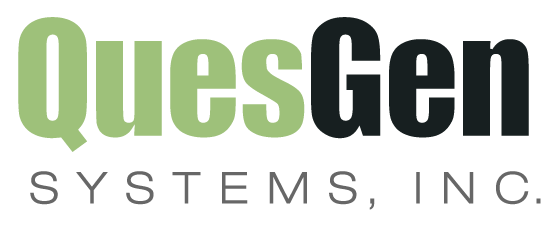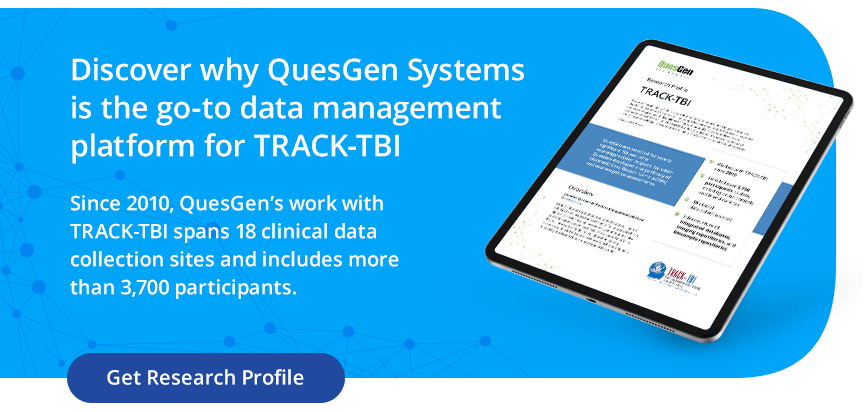Determine the Right TBI Assessment to Use for Your Study
by Vibeke Brinck | May 01, 2020 | | comments

Most traumatic brain injuries (TBI) are mild in terms of their duration and lasting effects. However, they can still, cause significant health complications, and may even lead to death if left untreated. It is imperative that a comprehensive and thorough assessment be performed for each patient who presents with TBI.
This assessment should include:
- Motor and sensory skills
- Function of cranial nerves
- Hearing, speech and mental status
- Coordination and balance
TBI assessments should also test for right hemisphere damage and make special considerations for pediatric patients.
Right hemisphere damage
Right hemisphere damage (RHD) will most often impair a patient’s ability to problem-solve and reason effectively. The TBI may also present as impaired memory, attention deficit challenges or altered creativity and musical perception. Treatment for RHD should focus on increased communication and practice solving simple problems.
This will support and encourage the improvement of social communication skills.
Assessment tools for RHD include evaluation of attention and perception.
Memory and problem-solving assessments should also be included in initial treatment planning approaches to ensure that the patient is able to receive the best care possible. Following the Acute Concussion Evaluation, it might be beneficial to consult other treatment professionals.
Including a speech-language pathologist (SLP) as part of a multi-professional care team can increase treatment success rates. The SLP can work individually with a patient who has RHD to help improve memory
skills.
Pediatric TBI assessments
The best practices for pediatric assessment following a TBI include a multi-pronged approach. Because juvenile brains are still developing, TBI needs to be addressed and treated differently. Diffuse damage can alter the development of the cerebrum, which can result in further complications.
Following an initial screening of a pediatric TBI patient, the physician should take into account the behavior, strengths, and needs of the child. It's generally best to focus an assessment on areas that are critical to academic success to ensure the patient is able to resume normal brain function.
The Comprehensive Assessment of Spoken Language (CASL) should be a part of any dynamic treatment plan for pediatric patients.
An assessment of a pediatric TBI patient will require ongoing collaboration between the patients, school professionals, rehabilitation specialists, and educational tutors. The use of an SLP is also exceedingly beneficial for pediatric patients.
Future assessment tools and treatment options for TBI
TBI can have dire consequences if left untreated. New treatment approaches and combination therapies will be needed to effectively stay ahead of the growing prevalence of this condition.
As technology improves, so does the quality of scans available to clinicians. Computed tomography (CT) scans are still the most common assessment used for patients who are suspected of having TBI. Magnetic resonance imaging (MRI) might also be used to help detect more subtle changes in the brain immediately
following an injury. Diffusion tensor imaging (DTI) can be used to image white-matter tracts, which is helpful to diagnose TBI on a cellular level.
Assessments will continue to evolve with technology and research. No matter the origin of the TBI, the most viable approach is going to be a team effort that relies on both technology and personal interaction.
QuesGen regularly works with TBI researchers to assist with data management and analysis.

